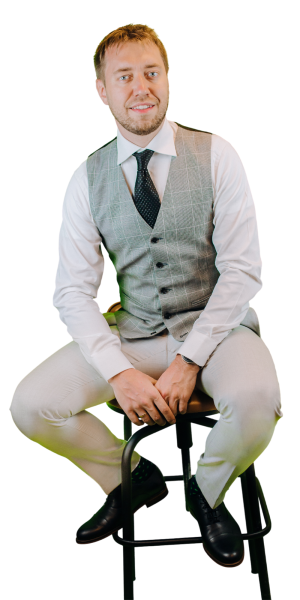Disconnecting from everyday reality.
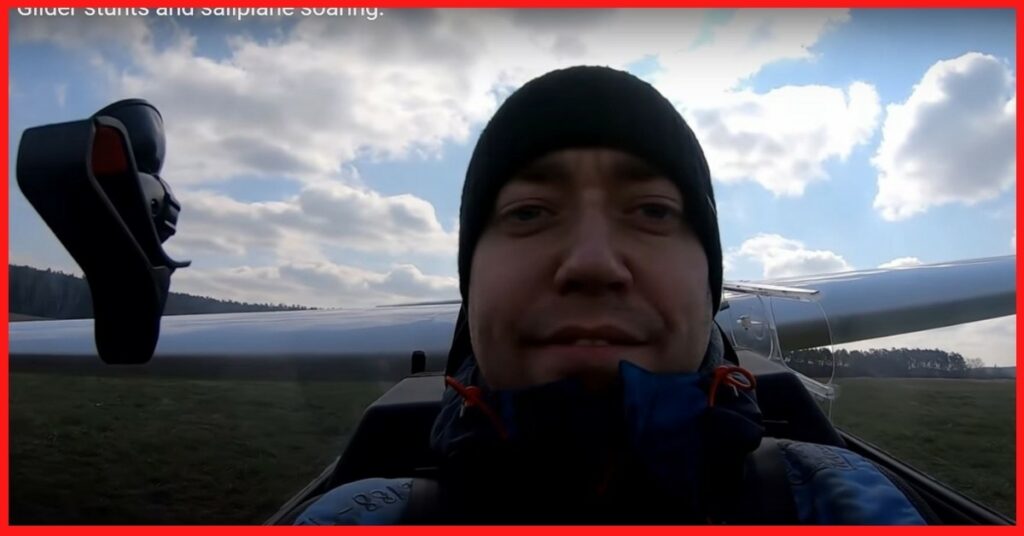
Many people fail to disconnect from their work over the weekend. Images of the office and situations that occurred during the previous week, often return and cannot be banished. Negative emotions poison the mind, and there is no respite, even at times when we should be resting. Can you relate?
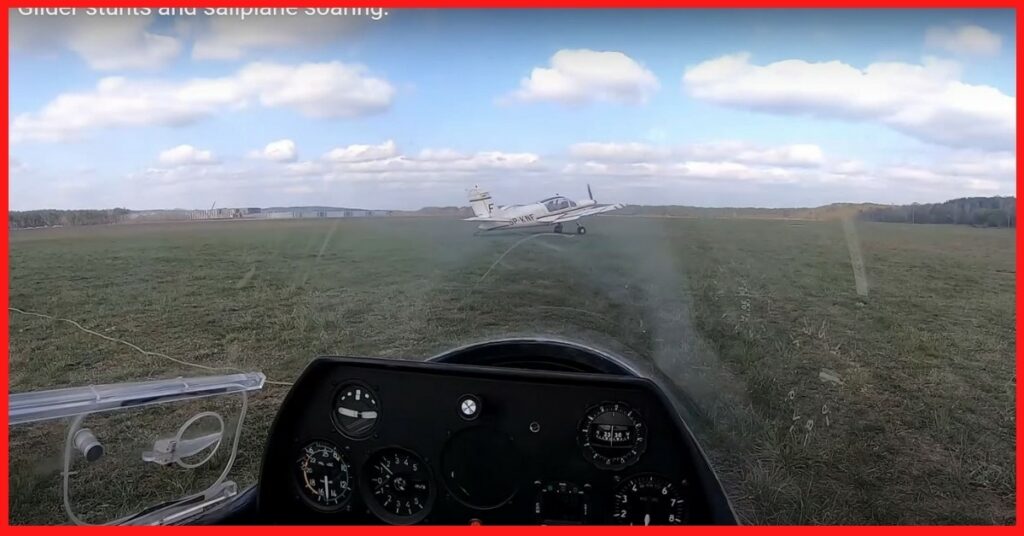
A very good way to get away from these intrusive work-related thoughts is to do an activity where you can’t think about anything else except the “here and now”. For me, glider flights are a way to escape from reality. Flying an ordinary passenger plane in and of itself triggers a lot of adrenaline; so just think of the extra shot of adrenaline you get when you fly a glider – a plane without an engine 🙂

I have put many glider flights under my belt, but not every type of flight suits me. My favourites are aerobatic flights and specifically those taking place in very difficult weather conditions. Today, I would like to share with you some of my experiences flying around a circle and landing in very strong and gusty side winds!
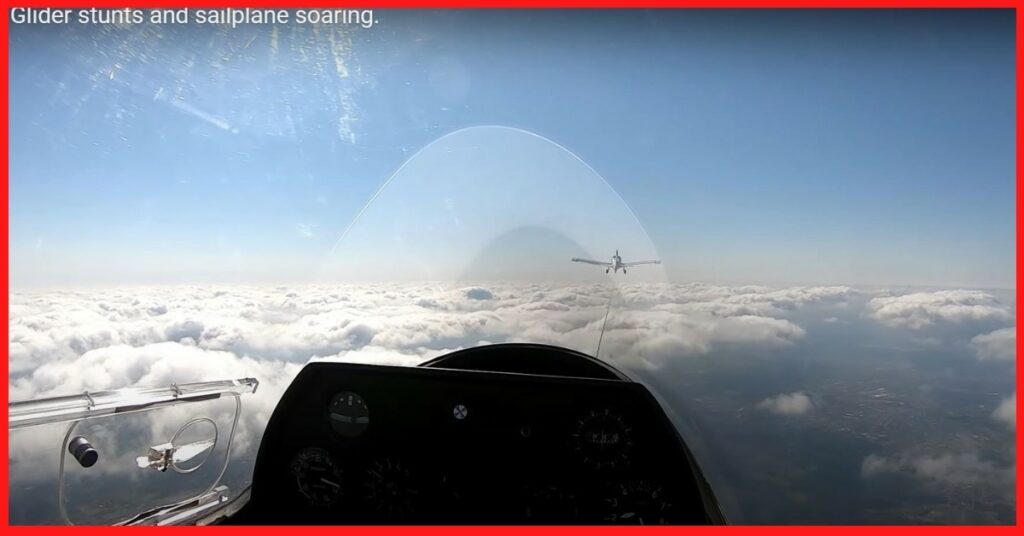
Flying in difficult conditions.
You need to prepare yourself physically and mentally for a flight which takes place under difficult or challenging conditions. Such flights require specific training because you cannot afford to make mistakes. Experience and the ability to plan and even predict what will happen next are of great importance.

The most memorable flight I had last season was in an ASK 21 Mi glider. It uses a combustion engine for take-off but once at altitude, the engine is turned off and the glider goes into glide flight. Once the engine is stowed, there is no possibility of restarting it. The glider is at an altitude of about 400 metres and if you perform a spin flight, there is no possibility of using it again. There is no room for even one single mistake.
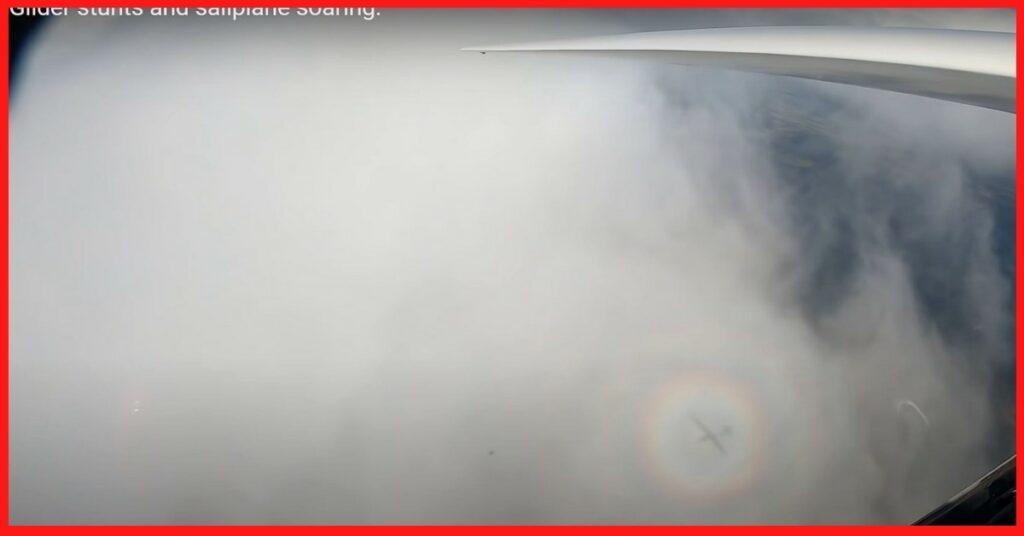
The first flight that day.
The flight I am going to tell you about was one of my training flights on this glider. First, you have to know how to handle a machine you have not flown before. Thankfully, I had already learned how to fly in difficult weather conditions. On that day, the wind strength was 28 knots, with gusts up to 36 which were blowing directly perpendicular to the axis of the strip. This means that I had 100% crosswind. At that moment, on that day, about 300 glider flights were reported in the Netherlands, but only two were held due to the weather. Both were mine. I did not fly alone in the glider. I was accompanied by a very experienced instructor who could correct me if I made a mistake. He also made sure that I would not get carried away by my emotions and make a mistake that would lead to a crash.
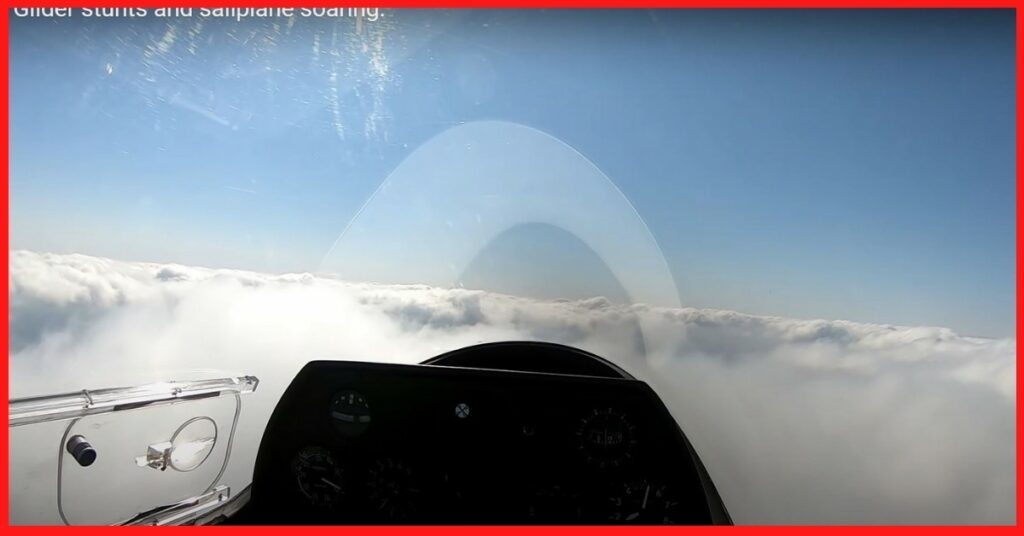
During my first attempt to enter the circle, everything went according to plan, until I found myself in position after the third turn, at which time I got a very strong tailwind, which meant I had to drop altitude very quickly. At the same time, I accelerated the glider to 170 km per hour. That was way too much. Then I made the fourth turn, but I was still coming in too fast. I had to slow down significantly, lift the nose of the glider up a lot and then correct the altitude with the airbrakes. Everything worked out in the end, but such a correction should not have been required. Lack of experience was at fault. If I hadn’t made that correction, I might have overrun the runway during landing, which would have resulted in a launching, as right behind this airport is, as befits the beautiful Netherlands, a canal full of water.
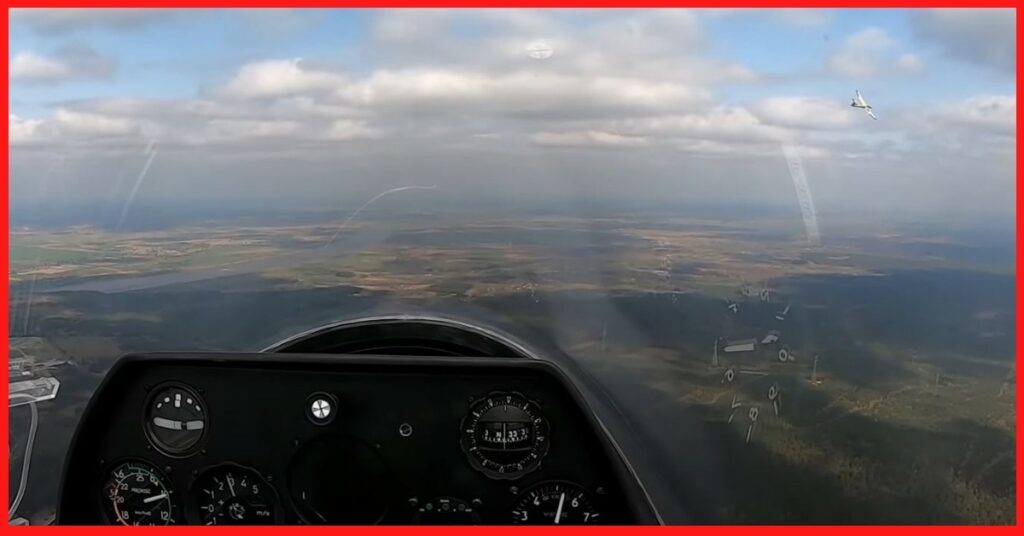
The second flight.
On the second attempt, I applied what I had learned from my experience with my first flight and I did not make that mistake again. I prepared myself for a very fast section between the third and fourth turn. Just after entering the straight this time, I did not have to correct my attitude in any way. I simply headed right for the touchdown point, and during the landing, when I levelled off, the wings spontaneously lost lift, allowing me to touch down very gently. The footprint of my landing was a straight line on the grass. My instructor was impressed and, I am proud to say, I got a round of applause from him.

As I drove to the airport, I knew the weather conditions meant that the strong wind had not already started to blow during my take-off or the flight itself; the sleeve showing its strength was flapping exactly perpendicular to the runway. I had previously agreed with my instructor that we would fly twice, provided that on the first flight the touchdown was at the correct point. I am very satisfied with both flights. The first one was to show me the power of the wind, to teach me how to deal with it and how to face it. The second one was a test, which I passed with flying honors.
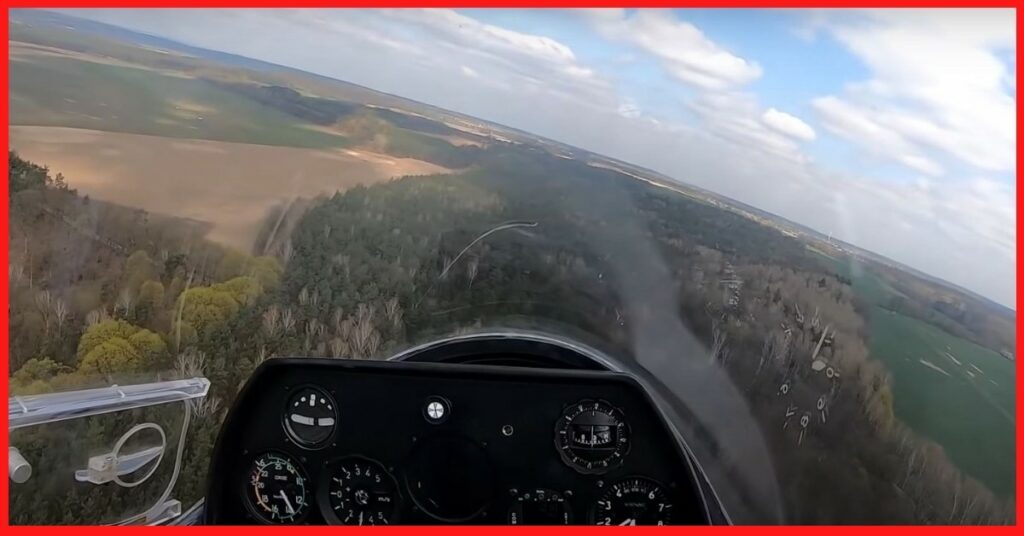
To sum up this day full of sky impressions: to become successful at something you need to practice a lot, gather theoretical knowledge and of course support it with coaching, preferably under the guidance of the best.

It’s my wish for you that you will enjoy our free time to the fullest. Let’s try to find hobbies that are enjoyable and constructive, and fill your life with as much satisfaction, as possible. This is the key to making it more beautiful. Of course, this does not have to be glider flying, although of course, it can be. I wholeheartedly recommend you give it a try!.


